On Monday, three groups of investors – Asia Investor Group on Climate Change (AIGCC), Ceres and Investor Group on Climate Change – together issued a report card on the climate policies of the G20 governments.
Their conclusions are that most G20 countries do not have the policy settings in place to attract the urgent investment needed for a zero-emissions, climate-resilient transition.
Jump to:
It is a big warning sign flashing on the road to COP26.
G20 countries account for 80% of global greenhouse gas emissions. The report card finds Argentina, Australia, China, India, Indonesia, Mexico, Russia and Saudi Arabia are among the least attractive countries for green investment.
The investors urge countries to commit to net zero by 2050 at a minimum and to strengthen their nationally determined contributions (NDCs) for 2030 before COP26, to align with limiting global warming to 1.5 degrees Celsius above pre-industrial levels.
Our government leaders must do better to put the right policy settings in place
Mindy Lubber, Ceres
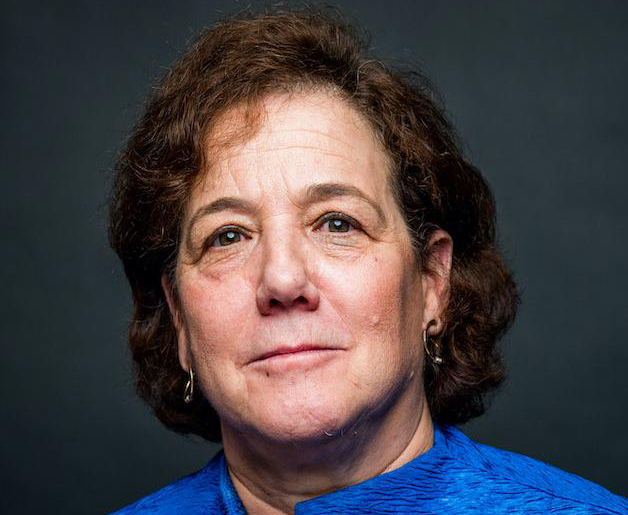
Mindy Lubber, chief executive of Ceres, a network of more than 200 institutional investors with more than $47 trillion under management, states: “With the right policy signals for robust economic transition pathways, investors will make large and necessary investments now. Our government leaders must do better to put the right policy settings in place. Those that do will benefit the most.”
Asia is central to all of this.
Over the course of this century, the use of coal has grown sharply across the region as a dominant source of energy, rising from 35% of total energy supply in India in 2000 to 45% by 2019; from 8% in Indonesia in 2000 to 29% by 2019; from 22% to 27% in Korea and from 59% in China to 61%. (All figures are from the International Energy Agency).
China has pledged to achieve carbon neutrality by 2060, but this has not been legislated and there is insufficient information to judge the pledge’s credibility.
And while China is likely to achieve its 2030 NDC, this is consistent with over 2°C and up to 3°C of warming.
But it is not all bad news.
Up-to-date vision
There is at least one encouraging sign for what investors might help to achieve by engaging below the government level with the Asian electrical utilities that together account for 23% of the world’s carbon-dioxide emissions.
At the end of September, CLP Group – once known as China Light & Power – a leading supplier in Hong Kong, with big operations also in mainland China, India, Australia and southeast Asia – announced its commitment to net zero by 2050 and accelerated plans to phase out coal-fired generation by 2040.
That is a decade ahead of its previous pledges.
CLP’s goal is to provide sustainable energy solutions from one generation to the next
Richard Lancaster, CLP Holdings

CLP has also set new science-based targets for 2030 and strengthened its 2040 targets to align with the goal of limiting global warming to below 2°C.
Richard Lancaster, chief executive of CLP Holdings, says: “Recent natural disasters and scientific evidence all point to the urgent need for accelerated climate actions. CLP’s goal is to provide sustainable energy solutions from one generation to the next. That requires us to shoulder our responsibility in fighting against climate change while ensuring a reliable and affordable energy supply.”
CLP is one of the more forward-thinking regional utilities. It was the first Asian power company to set out targets voluntarily to reduce carbon intensity back in 2007 when it published the first version of its Climate Vision 2050.
It reviews and updates this plan at least every five years.
David Simmonds, group general counsel and chief administrative officer and company secretary at CLP Holdings, tells Euromoney: “When we discussed decarbonization with investors back in 2007, renewable energy was costly and it was challenging for investors to see the economic case for the energy transition. However, the costs of wind and solar energy have declined significantly since then and the scientific evidence supporting calls for a more rapid decarbonization has become clearer and clearer.”
The way Simmonds tells it, investors are now coming round to CLP’s point of view – rather than the other way around.
Eric Nietsch, head of ESG Asia at Manulife Investment Management, tells Euromoney: “CLP is quite advanced in its thinking and can be an example for others in the region. More broadly, we expect more governments and companies to commit to net zero in response to the clear message from the scientific community.”
The energy transition should be delivered in a way that doesn’t compromise supply reliability
David Simmonds, CLP Holdings
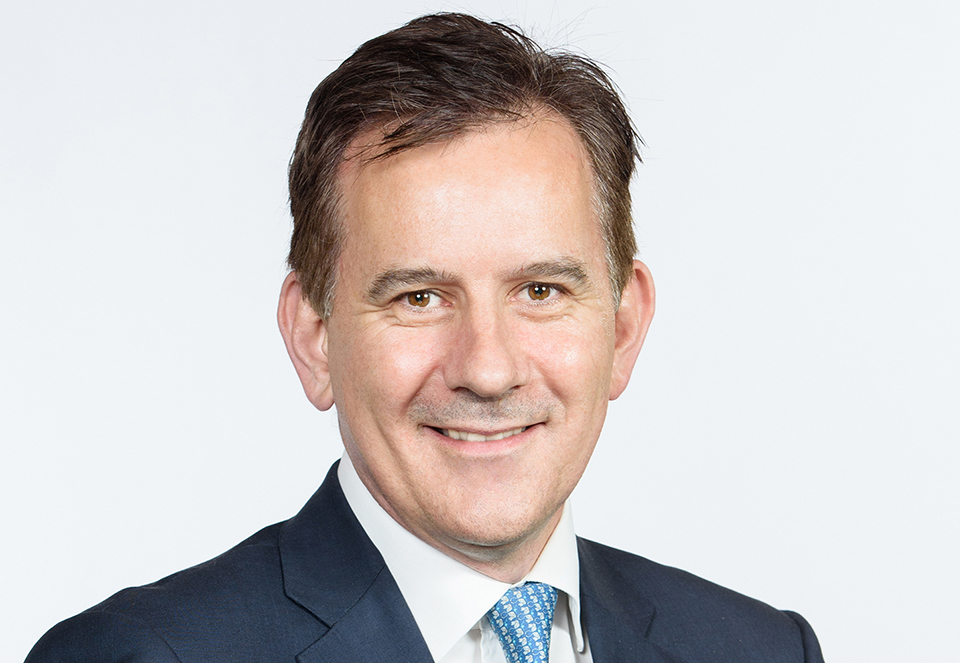
Proponents of decarbonization hope that if governments set ambitious goals, leading corporations will feel the incentive to get ahead of them.
As more investors prioritize sustainability in their asset allocation decisions, they will be pleased to see CLP now pushing the pace on decarbonization. The company still has a high dependence on coal, but its latest vision includes detailed plans to phase it out in Hong Kong, Australia, India and China. That may encourage others to follow suit.
These plans were developed and refined during conversations with leading investors in the Asian Utilities Engagement Programme that was established earlier in the summer by 13 investors as part of AIGCC. The investors have identified five utilities in Asia – China Resources Power Holdings, CLP, Chubu Electric Power, J-Power and Tenaga Nasional Berhad, which collectively emitted 285 million tonnes of CO2 in 2019 – as a first key group to engage with this year.
The investors narrowed their focus down onto these five from 30 of the largest public companies by market capitalization and systemically important unlisted national utilities.
Paul Milon, head of stewardship Asia Pacific at BNP Paribas Asset Management, explains: “Asian utilities start from a high base of coal usage. So, their progress towards low-carbon power generation is critical to achieve local and global climate goals.”
He cautions that “some of them have young assets that still need to recover the cost of their initial investment.”
The AIGCC calculates that the average age of Asian utilities’ power producing assets is around 13 years, against an expected life of 40 years.
And, Milon adds, “it’s important that as well as long-term ambitions, utilities also have short- and medium-term plans to get to net zero.”
That’s why engaging with utilities on decommissioning coal and investing in renewables is better for concerned investors than pushing public companies to sell brown assets. That might green an activist investor’s own portfolio – and they are all concerned about accusations of greenwashing – but it will not help the planet or vulnerable populations one iota if polluting assets are then maintained by new owners.
Ownership
Larry Fink, chief executive of BlackRock, warned on this emerging public-private arbitrage at the IIF meeting in Washington in October.
BlackRock has a particular problem. As the world’s leading provider of passive index-tracking investment products, it has less leeway to sell out of the heavy-emitters that are a big component of national stock markets.
In economic terms … it is often cheaper to build wind and solar than thermal plants
Eric Nietsch, Manulife Investment Management
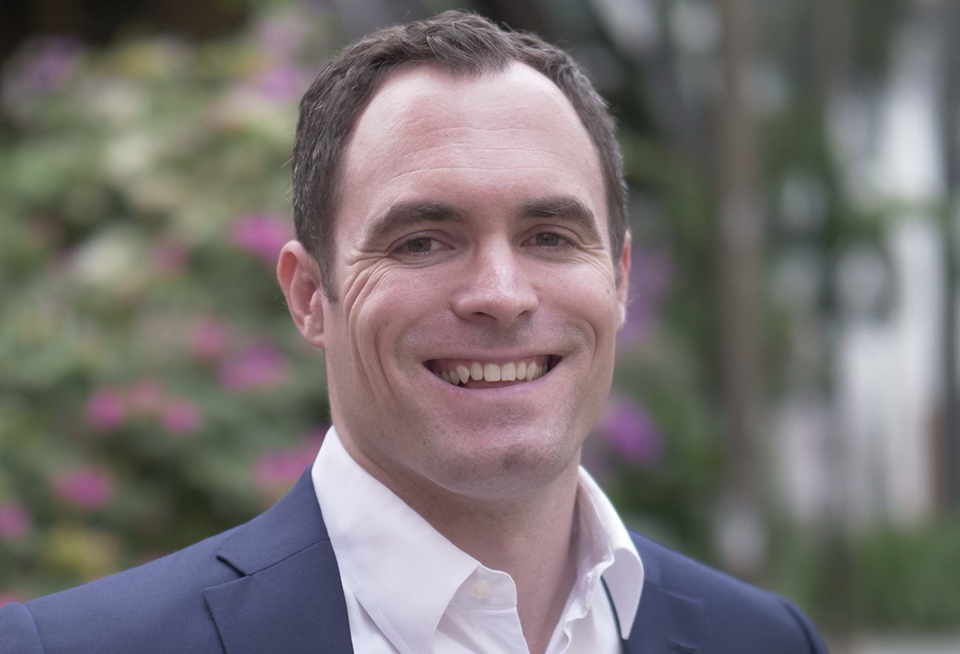
If an investor must stay in these stocks, it better accept the responsibility of ownership and help companies do the right thing.
“When assets move from public to private ownership, there’s often a reduction in disclosure on those assets,” says Nietsch. “And if a utility divests those assets and loses their cash flows, then that raises the question of how it can fund investment in new renewables infrastructure.”
These questions are pressing hard now, amid an energy shortage across Latin America, Europe and Asia that is particularly pronounced in China, where the surge in demand for goods following reopening earlier this year boosted production in Chinese factories.
Power rationing in China first began for just a few days in Guangdong province back in May, in the midst of a 14% year-on-year increase in power demand in the period from January to August 2021, according to analysts at Barclays.
Domestic coal production rose just 4% over the same period as China tried to step up enforcement of its so-called dual control process of reducing both energy consumption and the carbon intensity of that energy.
As well as long-term ambitions, utilities [should] have short- and medium-term plans to get to net zero
Paul Milon, BNP Paribas Asset Management

Barclays suggests that banning coal imports from Australia has exacerbated domestic shortages and that a doubling in the price of coal and caps on what energy companies can charge – designed to protect consumers – first led suppliers to cut their output.
Barclays expects power rationing for energy-intensive industries in China to persist through the first quarter of 2022, given expectations for a cold winter and air-quality assurances for the Winter Olympics.
China has also suffered unusually low rainfall in the provinces of Sichuan and Yunan, where hydropower had helped to provide 17% of the whole country’s energy supply. Its contribution has now dipped back to 14%.
Wind power has also underperformed.
There are worrying echoes here of the drought in Brazil, a country with high reliance on water power, and of the wind not blowing through turbines in the UK and Europe.
Sequencing
China is upping its imports of natural gas, increasing global competition. The simple lesson that Simmonds draws from this for CLP concerns sequencing.
“The energy transition should be delivered in a way that doesn’t compromise supply reliability,” he says. “This can be done by ensuring that replacement capacity is built and operational before our fossil-fuel power stations are retired.”
He points to a key example in Australia of what could be a so-called ‘just transition’.
Following detailed discussions with the Government of Victoria, CLP’s subsidiary EnergyAustralia has advanced plans for the retirement of the coal-fired Yallourn Power Station in 2028, four years ahead of schedule.
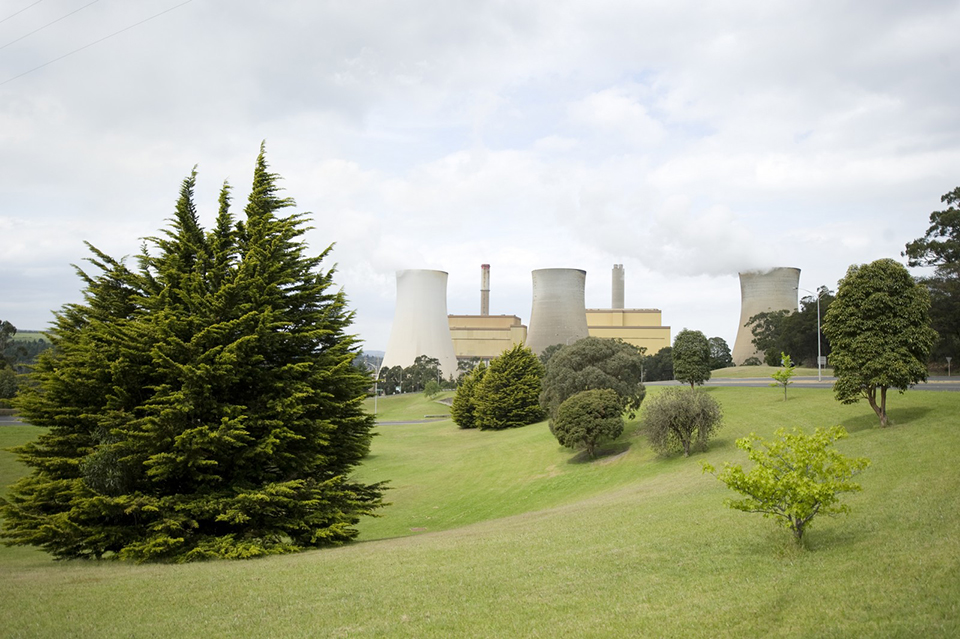
Simmonds says: “To support Yallourn’s workforce through this transition, EnergyAustralia has committed to delivering a comprehensive support package for retraining and support services. This, coupled with seven years’ advance notice, means the local community will have time to reskill or retrain.
“The agreement also provides the Government of Victoria with certainty so that it can make broader plans for regional communities and businesses with confidence.”
Milon points out: “Utilities tend to be more open to engagement if that also fits with the goals of national and state governments. Utilities’ long-term plans are often formed in collaboration with governments in locations where they operate.
“And for investors, to facilitate progress at the company level, it can be helpful also to engage governments and regulators.”
The opposite sometime holds true of course, as Milon acknowledges.
“It may be harder for a national utility to commit to net zero where the government is a major shareholder but has not set net zero goals,” he says.
In CLP’s case, it helped that the same investors were also in talks with the Hong Kong government, which in October announced its own climate action plan that aims for net zero by 2050.
CLP applauded this. It has been in discussions with the Hong Kong government about phasing out coal-fired energy from its Castle Peak power stations.
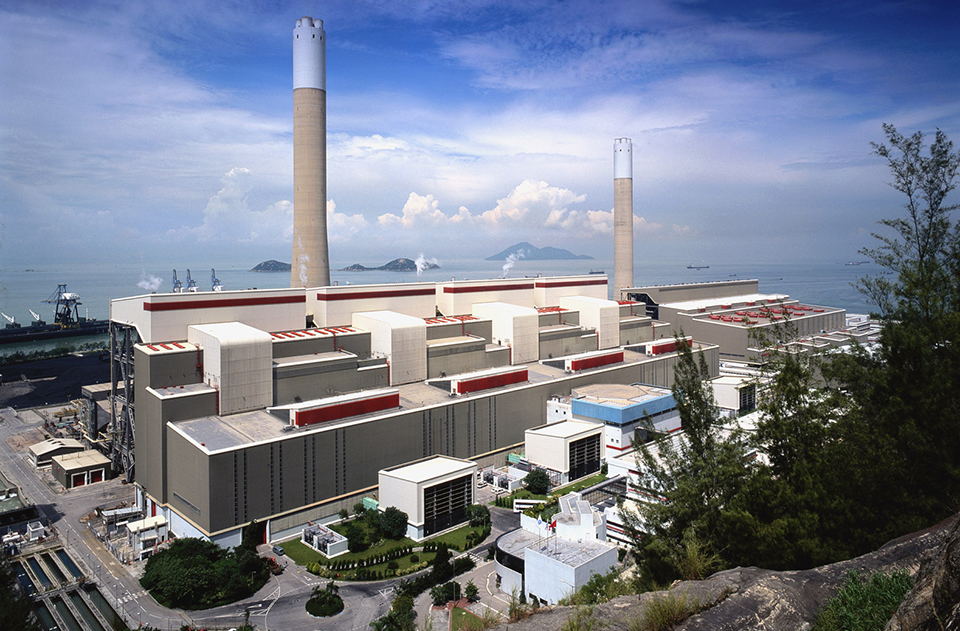
But will the power shortage now hurting China and other countries derail these efforts and send governments and utilities hurrying back to coal?
While boasting about how much money he has made recently from buying unloved oil and gas stocks sold by mainstream investors ahead of soaring commodity prices, hedge fund manager Crispin Odey recently told the Financial Times that what he calls “the ESG guys”, that is investors allocating money according to environmental, social and governance criteria, are causing “terrible problems” by restricting the supply of new energy that might offset rising prices.
The ESG guys don’t buy the argument.
The price of batteries will continue to plummet and that will soon be an important factor
Rebecca Mikula-Wright, AIGCC

Nietsch tells Euromoney: “The long-term energy demand characteristics haven’t changed much, but meeting that demand through renewables is more attractive. In economic terms, the cost of producing renewable power has come down so far that it is often cheaper to build wind and solar than thermal plants. In many cases it’s even cheaper than continuing to run existing coal plants. That was true even before this rise in fuel costs.”
As to the recent decline in output from renewables amid surging demand, there is one obvious culprit.
He adds: “A lot of the shortages themselves are driven by climate change. The droughts in southern China, lower than normal wind speeds in Europe and heavier rains in India have been driving the current energy dynamic. These are part of the physical risks of climate change.”
So while Simmonds makes a fair point about sequencing, recent power shortages could be an incentive to accelerate investments in renewables, not delay them.
Nietsch admits “the intermittency of renewable power is a problem”, but there is a solution: “It highlights the need for greater investment in energy storage.”
Battery power
Rebecca Mikula-Wright, chief executive of AIGCC, picks up the point.
“In the next one to two years, the price of batteries will continue to plummet and that will soon be an important factor,” she says. “The big battery in South Australia [the Hornsdale Power Reserve, built by Tesla] is something of a test case for the world and has been dealing well with surges in demand across state borders. It was installed at 2017 prices but looks like it will pay back that initial cost years ahead of schedule.”

At 100MW/129MW, the Hornsdale Power Reserve, three hours’ drive north of Adelaide is the largest lithium-ion battery on the planet, with a 50MW/64.5MW expansion already under construction.
But it faces competition.
CLP is investing both in renewables and storage while decommissioning coal. Simmonds picks up the story of giving the government of Victoria plenty of time to prepare for the closure of the Yallourn power station.
“The seven years’ advance notice also provides time for replacement generation to be built,” he says. “To further advance that objective, EnergyAustralia is building a 350MW battery to help secure Victoria’s energy supply and enable more renewables to be absorbed into the system. To put 350MW into some perspective, this would be bigger than any battery that currently exists in the world today.”
Simmonds sees a constructive dialog between companies and debt and equity investors.
“Both understand that energy transition requires more capital,” he says, “and there is a consensus that climate change has become such a vital issue that solutions mixing technology innovation, government support, cost efficiency, careful planning and smart funding have to be found.”
It is still early days for the utilities engagement program that was established only in June. But Mikula-Wright says: “Companies are seeing the benefit of engaging with investors. They are getting more willing to discuss their commitments and also gain insights into best practice from international investors that can bring case studies from around the world.”
But even if it is not being waved, the existence of a stick is implied.
Mikula-Wright says: “We can help by highlighting investor expectations around decarbonization. But it is not just asset managers who are focusing on net zero, so too are the banks, so are insurance companies. Companies that don’t cross this path of committing to net zero might find themselves outside the scope for an increasing number of financial institutions of all kinds.”
CLP hasn’t cut its dividend to finance decarbonization, indeed it hasn’t cut total annual dividends per share since 1960. It maintained capital investment at HK$11.7 billion ($1.5 billion) in 2020, similar to 2019, as it pressed ahead with infrastructure to decarbonize. These investments are mainly funded out of retained earnings and debt. It is a regular issuer in the bond markets, which it sees as a natural source of long-term funding for its long-dated assets.
Its subsidiary Castle Peak Power Company Limited raised $650 million in 2020 and 2021 through two energy transition bonds with preferential terms under CLP’s Climate Action Finance Framework.
Simmonds says: “The bonds attracted strong investor support at attractive pricing, reflecting CLP’s strong credit ratings and commitment to sustainability.”
The company must balance the interests of many stakeholders engaged in its climate actions: governments, regulators, communities, suppliers, customers, employees and investors.
That isn’t always easy. But it can be done.
Carbon credits can’t be the mainstay
While CLP’s primary focus is on investing in the physical infrastructure for transition to a decarbonized electricity sector, it sees that carbon markets will play a key role for sectors that are harder to decarbonize.
“We aim to support and participate in those markets,” says David Simmonds, group general counsel and chief administrative officer, company secretary at CLP Holdings.
He observes: “Scaling the currently fragmented voluntary carbon markets will require the collaborative efforts of all parts of the value chain in order to build the necessary transparency and infrastructure solutions that will uphold the integrity of global decarbonization.”
In China, the National Emissions Trading Scheme was launched earlier this year, as the government explores expanding market-based mechanisms to reduce greenhouse gas emissions.
“CLP has a dedicated team looking after our carbon portfolio in China and is well-prepared for the trading market,” Simmonds says. “The carbon market is an important tool for China to achieve its carbon emissions target. We believe that with the commencement and gradual maturity of the national carbon market, the asset attribute of carbon-emission rights will be recognized by more financial institutions, and the financial instruments based on carbon assets will gradually be enriched.”
Meanwhile EnergyAustralia started a carbon-emissions offset programme for its retail customers in 2016. More than 300,000 have so far joined the programme, and the company is now the second-largest non‐government, voluntary buyer of carbon-dioxide offsets in Australia.
Carbon pricing – as set through voluntary markets and through allowances issued by governments – is going to be a key theme of COP26.
“What we don’t want to see are decarbonization plans based mainly on carbon credits or indeed mainly on carbon capture, usage and storage [CCUS],” says Paul Milon, head of stewardship Asia Pacific at BNP Paribas Asset Management.
This echoes the views of bankers speaking on sustainability around the world: carbon capture and hydrogen may yet have vital roles, but they are new and as yet largely untested technologies for which the economics are not established.
How much of their R&D and capex budgets are companies devoting to them? Can they afford both CCUS and renewables technology? What is the fall-back plan if the new approaches don’t work out? They may well have important roles further down the road to net zero but companies can’t wait for them.
“We have the technologies we need right now to achieve the emission reductions we need to get to by 2030,” says Milon.





